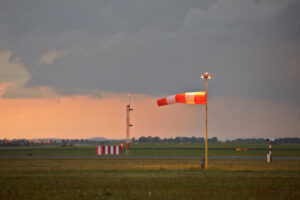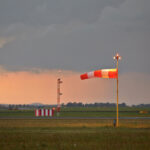Flight planning in Europe to include less fuel required
Have you ever had a low fuel light illuminate in flight? I have, and it is not pleasant. When it happened to me, it was a stormy night (of course) and we were in a new to us airplane, so we weren’t familiar with the fuel burns or how accurate the fuel gauges were. During flight planning, we calculated our fuel based on our recent training and the book numbers. Yet there it was, the bright red warning, lighting up in the dark.
To make matters worse, our tanks didn’t have much range; we had topped them for our flight and couldn’t have taken more even if we wanted. So, it was fine at the time of planning and fueling; the numbers worked. During the flight, however, the vectors started and the re-routes for thunderstorms, and before we knew it, we had a low fuel warning. Not good, but I could see the lights of our destination and had requested that we be cleared direct, so we made a beeline for the runway and landed without incident.
I was glad that we had topped the tanks and had the required reserve fuel on board, but it was a good reminder that unexpected things happen and it’s best to be prepared. The appearance of the warning light indicated that we were dipping into that reserve fuel, and I vowed to never be cheap on the gas again.
Because of my experience, I was a little nervous to read about a new rule for turbine business aircraft in Europe, allowing them to reduce the amount of contingency fuel required. The reasoning behind the new European Union Aviation Safety Agency (EASA) rule is to boost operational efficiency and, as a result, reduce carbon dioxide emissions.
The rules go into effect October 31, 2022 and are intended for commercial and turbine business airplanes weighing more than 12,500 pounds MTOW. Operators of these airplanes will be allowed to reduce their contingency fuel load below what is typically required, but only if a specific set of conditions are met. (I’m not exactly sure what those requirements are, but it seems like a lot could go wrong.)
To their credit, EASA acknowledges that unexpected situations can delay or even prevent a landing at the original destination, so adequate reserves are still required. But they also say that they are allowing the reduced fuel load because of improved risk assessment calculations and better decision making. I know from experience that it all looks good on paper until the weather moves in or the plane landing ahead of you veers off the runway and closes the airport for the next hour.
My point is that no amount of risk management can consider every eventuality that could happen. How much fuel is too much? How much is not enough? We do our best to ensure our flight plan is accurate and reliable, but it’s a big sky out there. Extra fuel equals more options.
RELATED CTS TRAINING









